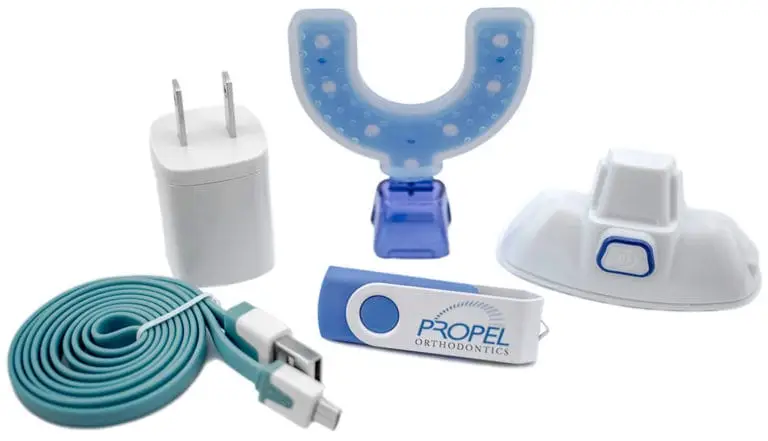
Accelerated Invisalign – Propel’s VPro5
Diamond Braces is happy to offer its patients VPro5 by Propel Invisalign, the latest tool that helps to straighten your teeth quicker.
Invisalign treatment is a popular choice for fixing dental crowding and other teeth problems. It's a safe and less visible method compared to traditional metal braces. Orthodontists often recommend Invisalign for its effectiveness.
Invisalign aligners are clear and you can take them out. They work like braces by moving your teeth to the right place. This treatment offers the same results as braces but in a different way. Invisalign is a great option among the available treatment options for straightening teeth.
Invisalign treatment for dental crowding is effective with an expert orthodontist. This professional is key to your care. They make your treatment plan and fix your smile.
Invisalign works well for various dental issues. But, the success depends mostly on the orthodontist's skill. Their experience makes the difference in your treatment. Seek an experienced Invisalign doctor with the expertise necessary to help you win your grin!

What Conditions
Orthodontists use Invisalign aligners to treat conditions including:
We'll talk about different dental problems that need orthodontic care and how orthodontists fix them with Invisalign. Orthodontists use Invisalign aligners to treat these conditions. One common problem is an overbite.
Correcting an overbite with Invisalign aligners is a key part of their work. This treatment involves using clear, custom-made aligners. These aligners gently move teeth into the right position, fixing the overbite.
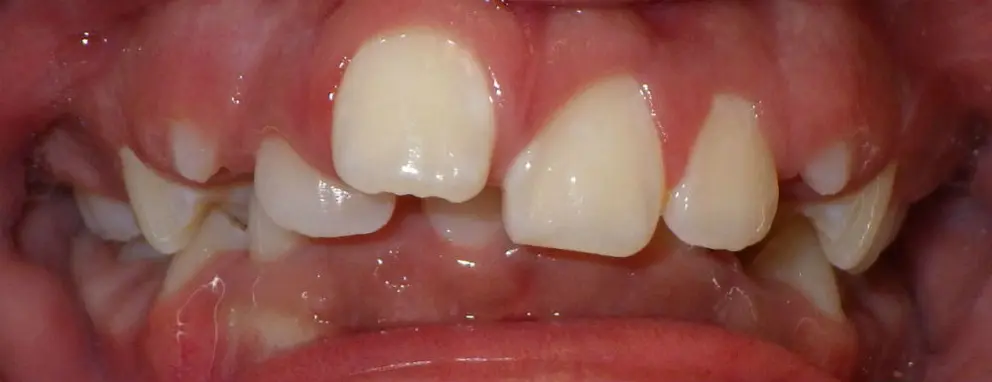
Can
Invisalign aligners are an effective tool for correcting dental crowding. Tooth crowding is when teeth overlap or twist because there's not enough space in the jaw. If you have this problem, a doctor will check if Invisalign is right for you. Sometimes, extra steps are needed for severe crowding.
Invisalign fixes this orthodontic issue by straightening your teeth and then spreading them out. You need to wear the aligners for about 22 hours a day.
In some cases, doctors do a simple procedure called IPR. This means removing a tiny bit of enamel from your teeth to make more room. Invisalign can also help with other issues, like treating crossbite and underbite..

Can I Use
Invisalign aligners are a popular choice for closing gaps between teeth. These gaps can lead to issues like crooked teeth and gum problems. They can also increase the risk of tooth damage.
Invisalign uses plastic aligners, known as aligner trays, to address these issues. This method is effective not only for closing gaps but also for treating crossbite and underbite.
Your dentist will create a personalized treatment plan with a series of aligners. Each aligner tray is designed to gently and safely move your teeth. This process ensures gradual tooth movement and straightens misaligned teeth.
Sometimes, after Invisalign treatment, further dental work might be necessary. For example, if the teeth are too small, a specialist may perform restorative bonding. This procedure helps to fully close any remaining gaps and perfect your smile.
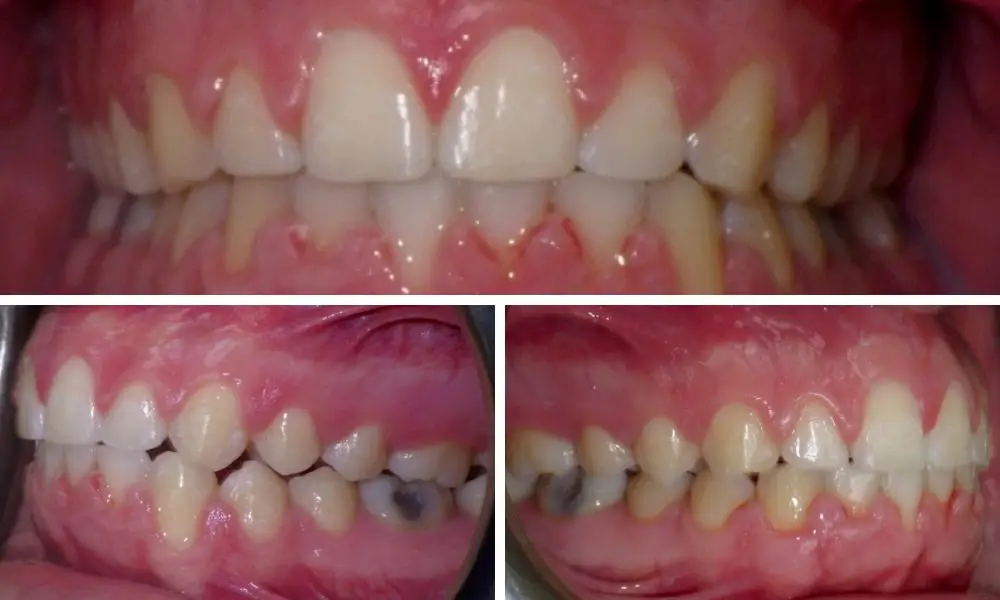
Can
Invisalign aligners can treat overbites. An overbite occurs when the top teeth overlap the bottom teeth too much. A small overbite is normal, but Invisalign is effective for correcting an excessive overbite.
An orthodontist designs a custom set of Invisalign aligners to align the jaw. Invisalign attachments adjust the teeth into their correct positions. In some cases, the doctor uses elastic rubber bands to add force to the shifting created by the aligners.
Invisalign for treating crossbite and underbite is also effective. Maintaining oral health is crucial during treatment.
It’s important to brush and floss regularly to keep your teeth and aligners clean. This ensures the effectiveness of the treatment and promotes overall oral health. Not every case requires rubber bands: the doctor will determine during your intitial diagnosis.
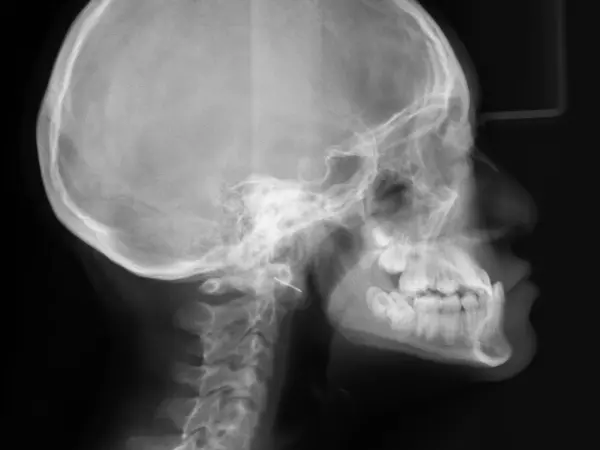
Can Invisalign Aligners
Yes, Invisalign treatment is frequently used to correct a crossbite, also known as an underbite.
A crossbite is a type of malocclusion created when the upper and lower jaws are misaligned, causing improper overlap of the top and bottom rows of teeth. If left untreated for too long, the patient may eventually need surgery, which can be expensive and complex.
Invisalign aligners are a reliable and effective method for shifting teeth into a proper bite. Crossbites are some of the most complex orthodontic conditions, so it is important to find an experienced orthodontist. If you’re seeking treatment with Invisalign treatment, look for a highly-ranked, experienced doctor, such as a Diamond Plus or Diamond Invisalign provider.
To correct crossbites with Invisalign treatment, your orthodontist uses an iTero digital scanner to create a comprehensive image of your mouth, teeth, and roots, to effectively diagnose your condition and develop a treatment plan. The carefully developed regimen of aligners will slowly draw your teeth into their correct positions. In certain cases, a combination of braces and Invisalign treatment may be necessary to achieve the best results, or the doctor may refer you for oral surgery to surgically remove or adjust certain teeth.
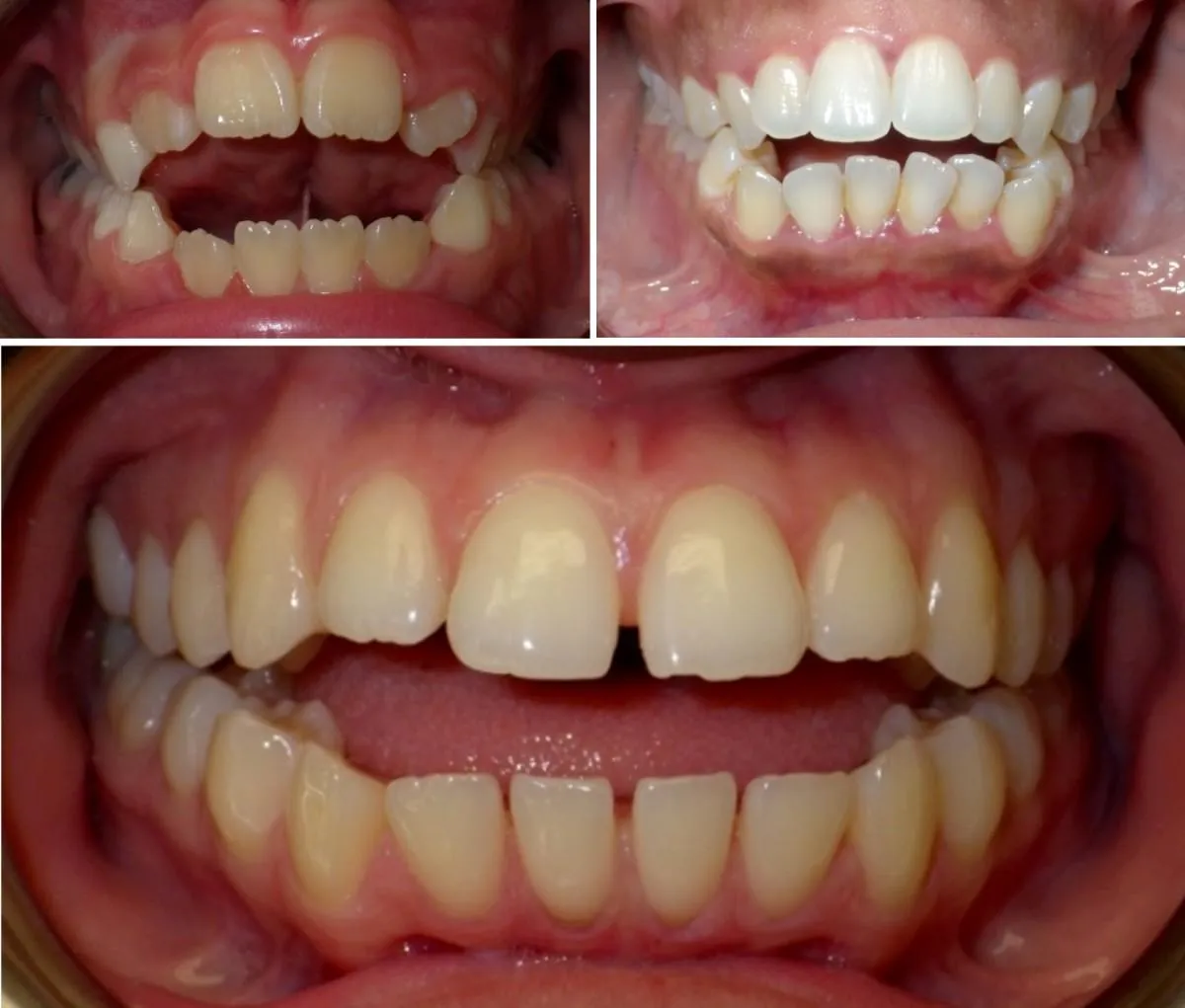
Does
Invisalign treatment is an effective method for correcting an open bite — and due to the comprehensive force applied by the aligners, may actually be more effective than traditional braces!
An open bite occurs when the top and bottom rows of teeth don’t connect fully when the mouth is closed. It can be caused by genetic factors or bad oral habits like thumb-sucking or excessive pacifier use. Using Invisalign treatment, your orthodontist applies an even and constant force on the teeth, gently pushing them into their proper positions so the mouth closes properly.
In rare instances, surgery may be needed to fully correct an open bite; your orthodontist will do a thorough review of your condition to determine that best course of action.
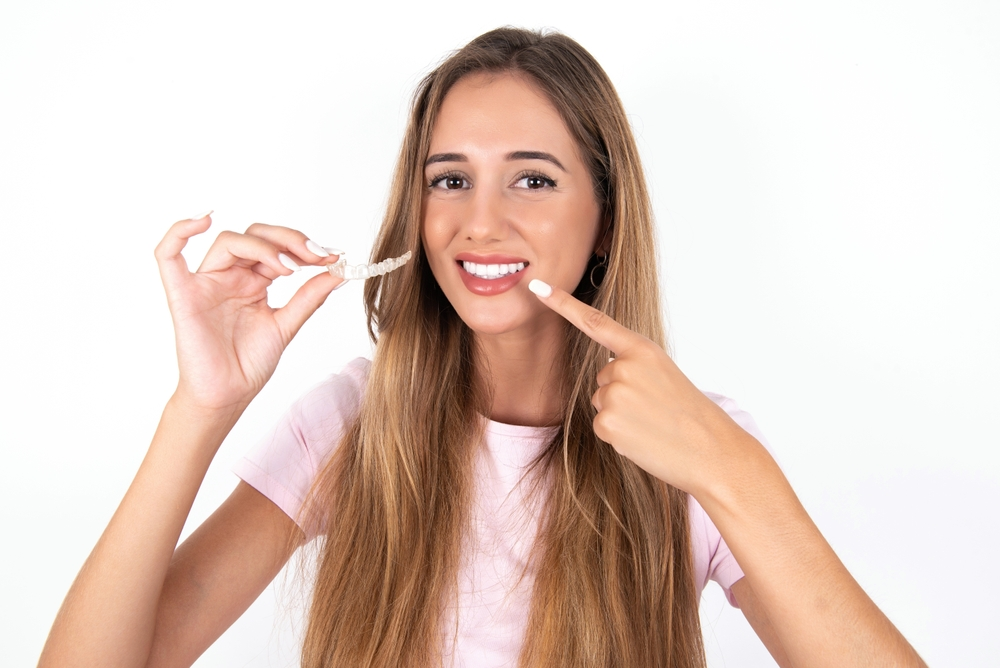
What
There are some dental conditions that may not be treatable with Invisalign aligners:
Some genetic factors, such as tooth size and shape, cannot be corrected by any orthodontic treatment. These will require cosmetic surgery to correct, using veneers or dental reshaping, to create a healthy, beautiful smile. Your orthodontist may undertake part of your treatment using orthodontics, and then refer you to a cosmetic dentist to finish your care.
Due to the design of Invisalign aligners, it is less effective for drawing out impacted teeth (extrusions) or lowering them further down (intrusions). Orthodontists sometimes use braces to achieve this part of treatment before switching you to Invisalign treatment.
Crowded growth during dental development may cause a large degree of tooth rotation, where the tooth is twisted out of its correct position. If the rotation is more than 20 degrees, Invisalign treatment may not work alone to move it into its correct placement.